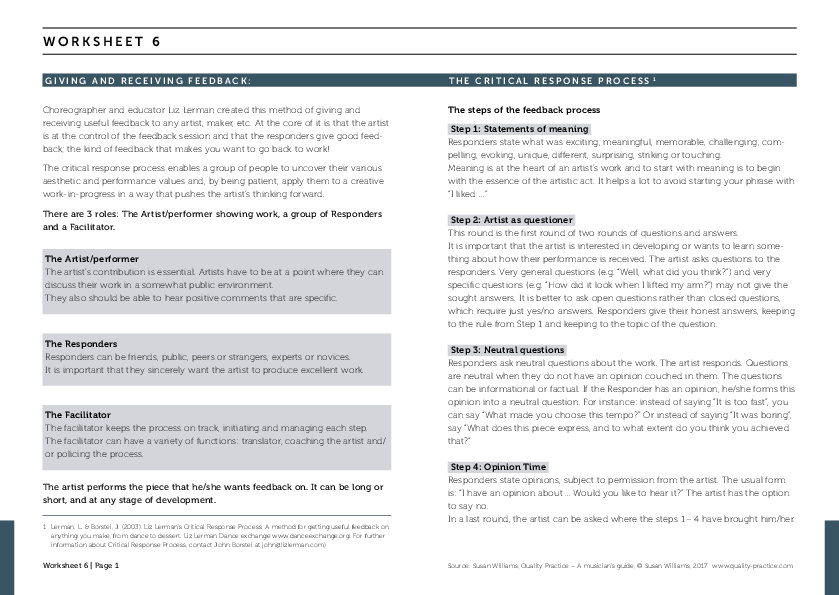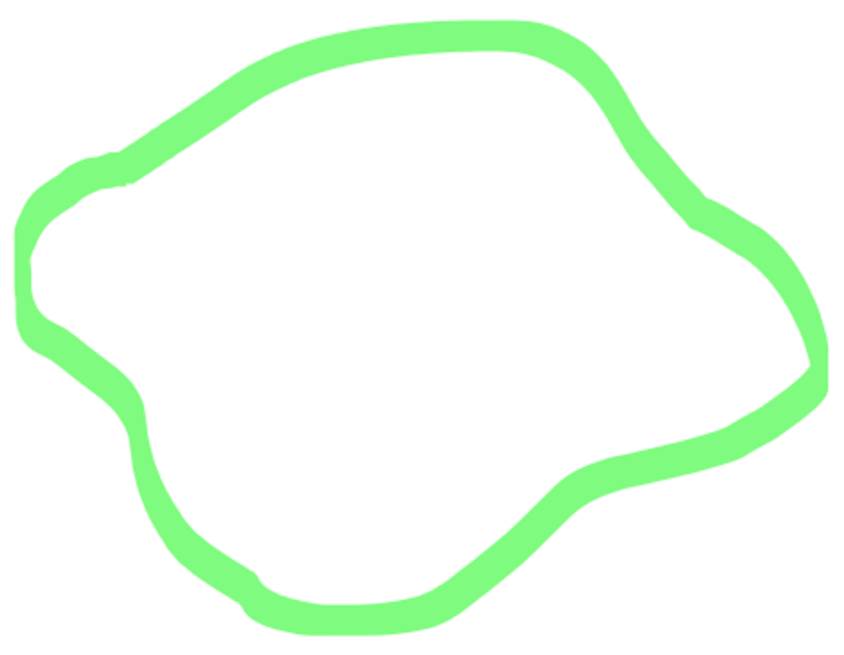Conservatoire students often get together to exchange ideas, play together and occasionally to practice together in an informal setting. Learning Pods is a concept designed by Susan Williams and takes this one step further by creating semi-formal structures that are nonetheless student led. The aim of Learning Pods is to create learning environments that invite the students’ own curiosity, ingenuity and creativity. It is hoped that the Pods enhance musical learning processes, autonomy, a feeling of connectedness to others and encourages a crossover of instrumental types, genres, and departments.
A ‘pod’ is the collective noun for a group of dolphins or whales, and like humans, are intelligent and intrinsically social animals with the capacity for playful behavior. Most dolphin or whale pods contain anywhere from 2 to 30 individuals depending on the species and the situation.
The main characteristics of a Learning Pod are:
- They have around 2-12 participants, depending on the aims and theme of the Pod.
- There are regular (e.g. weekly) meetings which members commit to attending
- The duration of the learning trajectory is around 4-6 weeks – enough time to reach medium term goals but not long enough for the members to feel encumbered or bored.
- The members – as well as the group – formulates goals, documents the process and presents outcomes
Themes can be offered or formulated and proposed by a group, e.g.
- Exploring practice methods
- Performance preparation
- Investigating in depth a curriculum topic
- Chamber music
- Cross departmental creative music collaboration
- Research: Sharing research, strategies, resources & feedback
Structure
- The framework is provided by the conservatoire – room bookings, an initial workshop and an opportunity to share outcomes.
- Students are invited to join or form a Pod
- Students participate in a ‘kick-off’ workshop where they are coached on the Critical Response Process of giving and recieving feedback, and formulate personal and group goals
- 4-6 week period of weekly meetings
- At the end of the process, the Pod submits a report of their aims, process and outcomes
An initial workshop and an outcome session – both together with a coach – helps ensure optimal results from a pod. The first workshop should include coaching the participants how to formulate goals, asking them what challenges they anticipate and collecting ideas for strategies. This is especially important if the pod members don’t know each other. If the group can find common goals and get to know each other at the outset they can look forward to their sessions. Knowing that at the end their work will have an outcome – whether it be a report, presentation or a concert – also helps to give structure and motivation.
It is important that the pod members know how to give and receive feedback in a healthy way. The first coaching session should include information about what good feedback is – i.e. that is appreciative and constructive, and what it is not – i.e. giving judgement, analysis, giving tips and advice that has not been asked for. Optimally, feedback should be controlled by the person receiving it. In this way the intrinsic feedback of each participant is emphasised. The aim of the pod is not for students to teach or coach each other, but rather share their ideas and insights. In this research we used the Critical Response Process as a guideline (see below).

